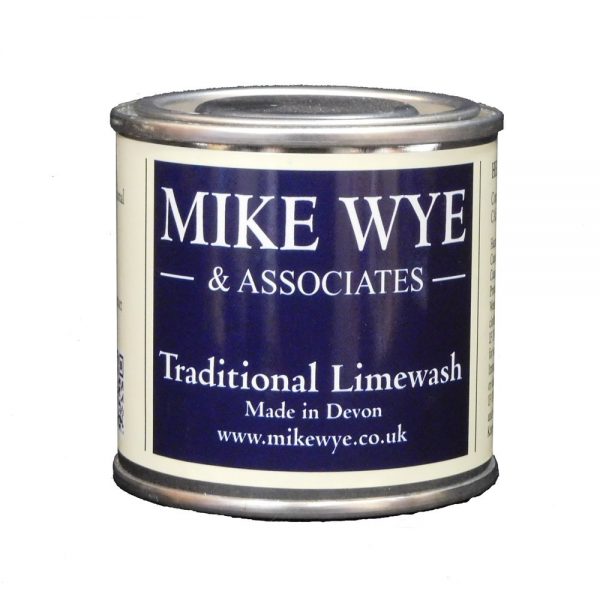Paints
Most modern paints, while aesthetically pleasing, often lack the flexibility and breathability essential for certain applications, particularly in heritage buildings. Recently, however, there has been a shift towards more suitable options like vapor-permeable and microporous paints. These innovative types allow for better moisture regulation, which is crucial in preserving the structural integrity of older buildings. Additionally, linseed-oil-based paint offers a traditional approach, known for its natural composition and durability. Yet, among these, lime-wash stands out as a superior choice. Its traditional formulation makes it highly breathable, ensuring moisture can escape and reducing the risk of trapped dampness. Lime-wash, along with other breathable paints, is particularly recommended for use in heritage buildings to maintain their historical integrity while providing protection. For a comprehensive understanding and selection of these paint types, Earthborn paints offers a range of options tailored to these specific needs.
More About Breathable Paints
There is no defined European standard as to what constitutes breathability of a material. However, when it comes to paint, the most accepted and adopted standard is its SD value, which is probably the easiest to understand, interpret, and compare.
SD Value, a German method used across Europe, stands for steam diffusion or air layer equivalence. It measures a paint coating’s barrier to water vapor and its permeability. Measured in meters, a lower SD value indicates higher moisture passage. Conversely, a higher SD value means lower moisture transfer.
A truly breathable paint should have an SD value ranging from 0.01 to 0.5. Moisture travels 1cm to 50cm to pass through the paint, facing very little resistance and passing freely without delay.Conventional masonry paints will likely have an SD value of 1 or above. This equates to moisture having to travel through the equivalent of 1 metre of air to escape.
